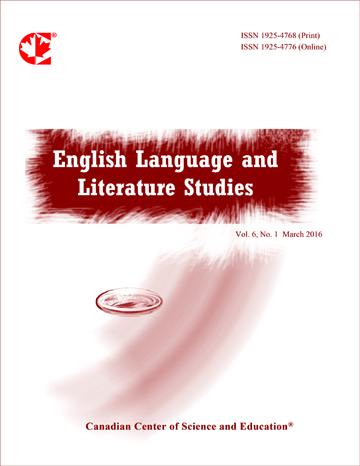Higher Secondary Level Students’ Evaluation of Communicative Language Teaching in Bangladesh
- Nitish Kumar Mondal
Abstract
The aim of the present research was to investigate the evaluation of Communicative Language Teaching (CLT) by Higher Secondary (college) level students of Bangladesh. When EFL teachers adapt the CLT method to teach their students (especially college level education) according to their own way without perfect needs of the students, a gap has been arisen between the EFL teachers and the students for their perceptions and practice of new teaching methodology like CLT. Therefore, exploring how Higher Secondary level students’ evaluation of CLT interacts with their learning process could shed more light for learners’ development. This paper reports Higher Secondary level students’ evaluation of CLT method by which they would be able to communicate with their teachers for learning English language very spontaneously in Bangladesh. To achieve this purpose, out of 83 participants, intermediate (Both first year and second year) language learners were selected randomly. Data were collected from semi-structured interviews and belief-inventory questionnaires in the program. It gives an interpretive account of the participant’s reactions to CLT and the impact of it for learning process. This is followed by a discussion on several structured questions that students hold a favorable attitude towards CLT method which has been expressed through their positive statement that by mastering the rules of grammar, students become fully capable of communicating with a non-native speaker where CLT learners are to take responsibility for their own learning and they have to perform group work activities which are essential for communication and in promoting genuine interaction among students. Side by side they have to acquire their English knowledge for communication with others effectively when CLT method is used in their classes through text books.
- Full Text:
 PDF
PDF
- DOI:10.5539/ells.v2n3p94
